
Wildfires have taken their toll on Colorado and much of the West this year. Some of the state’s worst fires in history, sparked months ago, are still burning and with a slow start to winter, still haven’t been extinguished completely.
Land management agencies cut off access to several districts across Colorado this fall as wildfires grew and the potential for more increased. Arapahoe and Roosevelt National Forests closed access to their forests in October, but recreational access has been mostly restored.
For two popular trail networks and open spaces along the Colorado Front Range though, mountain bikers, hikers, and others will have to wait indefinitely before they can return. Heil Valley Ranch in Boulder, Colorado and Bobcat Ridge Natural Area outside of Fort Collins are closed indefinitely due to severe fire damage.
The Calwood Fire, 10,000 acres and still not fully contained at the time of writing, has mostly burned between the cities of Boulder and Lyons and caught Heil Valley Ranch in its crosshairs. Boulder County Parks and Open Space (BCPOS) says that Heil Valley Ranch was its most visited park in 2019. Fortunately, Left Hand OHV trails just a few miles away weren’t touched. They were ravaged by floods in 2013 and are only open to non-motorized users.
Now closed indefinitely due to extensive damage, BCPOS isn’t sure when Heil Valley Ranch will open again. Many of the open space’s structures like restrooms and shelters weren’t touched, but signage, bridges, and countless trees throughout the open space were badly burned. The trees now present a falling hazard. BCPOS says they are still conducting assessments and it will be closed for several months.
BCPOS Director Eric Lane noted in a video that firefighters were able to save structures at the Corral Trailhead and the southern end of Heil Valley Ranch by slurry bombing a line separating the trailhead from fire. We reached out to BCPOS for more information, but haven’t received a response.
Many of the structures like barns and restrooms weren’t burned, possibly due to their designs and to recent fire mitigation efforts by rangers. Two bridges in the network did catch fire though and one was destroyed.
“From what I can see at Heil Valley Ranch, these two bridges were the most significant loss in infrastructure and I consider us to be incredibly fortunate and these to be minor, relative to what we could have lost particularly in things that are not replaceable,” said Lane.
Senior Forester with BCPOS Stefan Reinold mentioned in the video that thinning projects, prescribed burns, and fire management projects did help the open space resist burning in some areas. Reinold described the fire’s effects where it was less intense as being beneficial for some of the trees. A low intensity fire can increase bark’s resistance to future fires.
A lot of the western portion of the property has complete tree loss though, they say, including some of its oldest trees, estimated to be 300-400 years old. As BCPOS develops their recovery plan, Boulder Mountainbike Alliance is standing by, ready to help when and where they can.
“We know most of the forestry and infrastructure work will not be suitable for volunteers, but we hope we can assist with rebuilding bridges and any necessary trail repair,” said Wendy Sweet, operations manager of BMA. “To the best of my knowledge, BCPOS is still assessing the area and developing a recovery plan.”
One hour north of Heil Valley Ranch, Bobcat Ridge in Loveland is also closed indefinitely due to significant damage from the Cameron Peak fire, now the state’s biggest wildfire ever. The Cameron Peak fire, burning for three months now and nearing full containment has surpassed 200,000 acres fueled by a “high percentage of beetle-killed lodge pole,” according to the Fire, Weather, and Avalanche Center. The mountain pine beetle is native to North American forests and develops in lodgepole and ponderosa pines and “often kill large numbers of trees annually during outbreaks.“
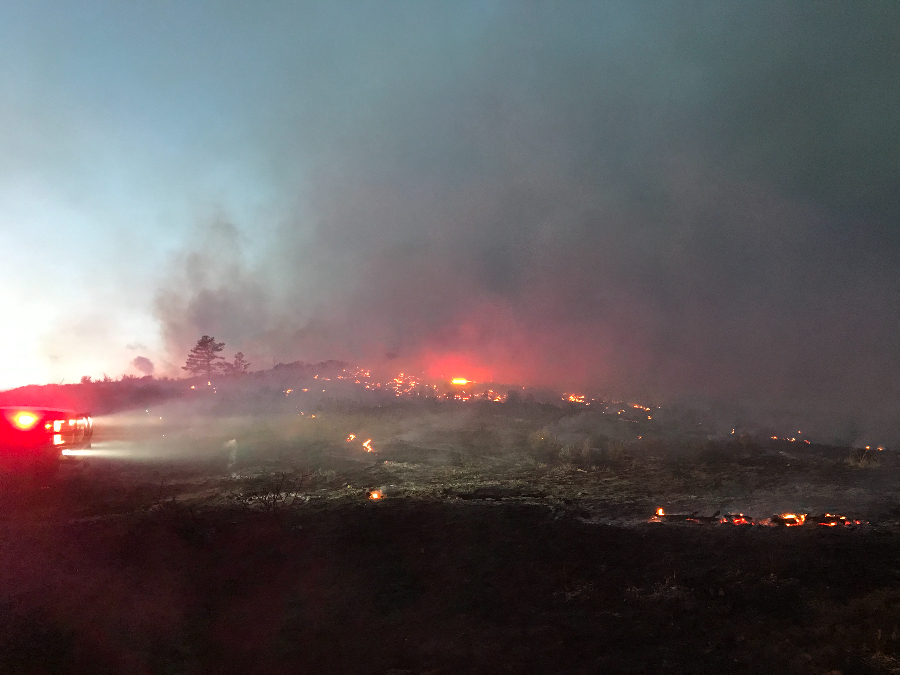
Fort Collins Natural Areas reported that no homes in the immediate area were lost and that everyone was safe. The footprint of the fire is about 75% of the natural area though. The fire burned through most of Bobcat Ridge’s grass, which was non-native. “This presents an excellent opportunity for restoration,” says FCNA. Many of the taller ponderosa pines may survive. Vegetation in drainages has been severely burned.
FCNA Public Engagement Manager and Natural Areas Director Zoe Shark says they still need to conduct an assessment. This involves examining hazardous and fallen trees, and examining signage and other features that may be unsafe. “With 15 miles of trail, that takes some time,” said Shark in an email.
FCNA is also looking at burn areas in different spots, and trying to understand how it will affect drainage. “Potentially there are places where it was so hot that the soil would become hydrophobic (repels water),” she said. “Understanding the burn severity helps us plan restoration efforts and prioritize.”
On The Rocks, a new, advanced mountain bike-optimized trail just opened on Bobcat Ridge in 2019 with the help of Overland Mountain Bike Association.
Shark offered a few words of positivity at the end of her initial statement.
“To me this is a bittersweet moment. Alongside other devoted fans of Bobcat Ridge, I am grieving the ‘loss’ of a very special place. However, it isn’t really lost. Natural areas and ecosystems are not static. Change in nature is always occurring, sometimes it is on a timescale we can’t see. Bobcat Ridge’s wildlife and habitat will re-green, regrow, and restore and Bobcat Ridge will renew our human spirits once again.”












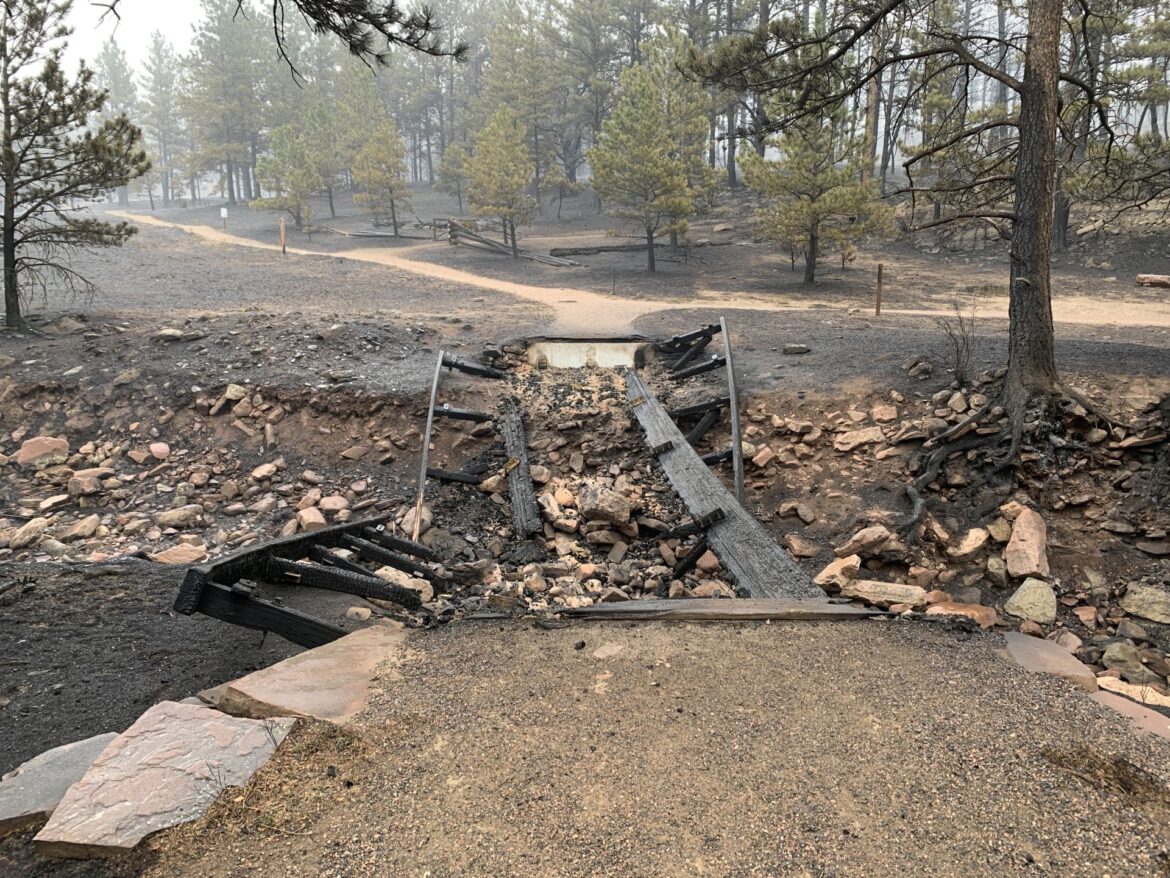
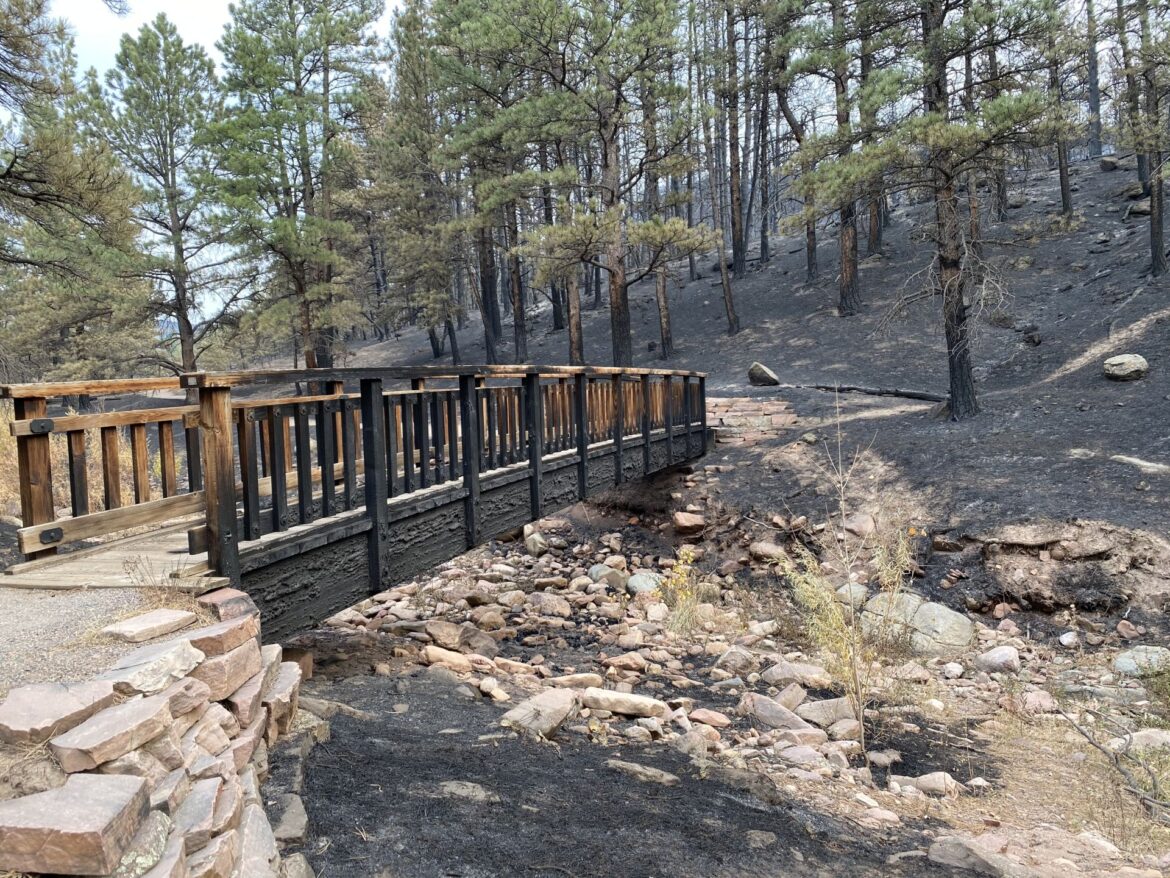

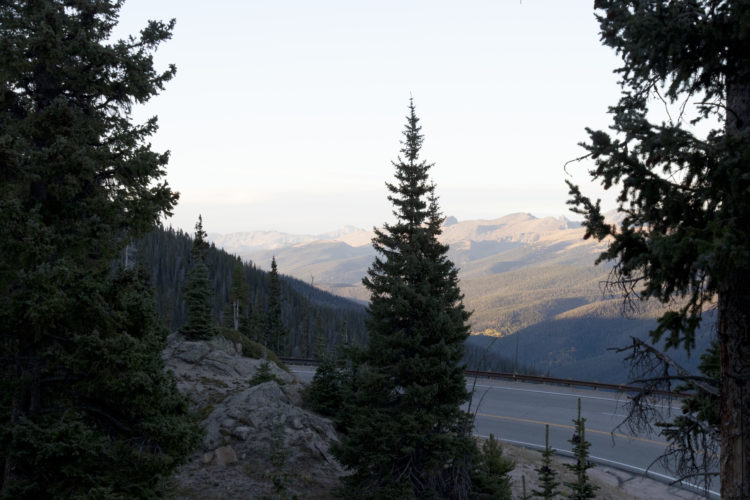
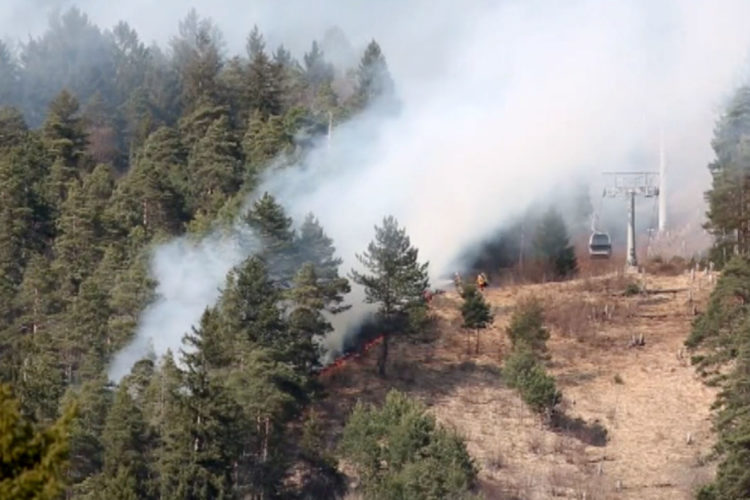
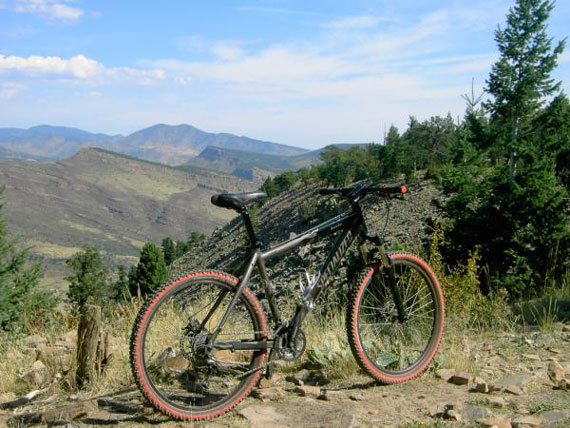
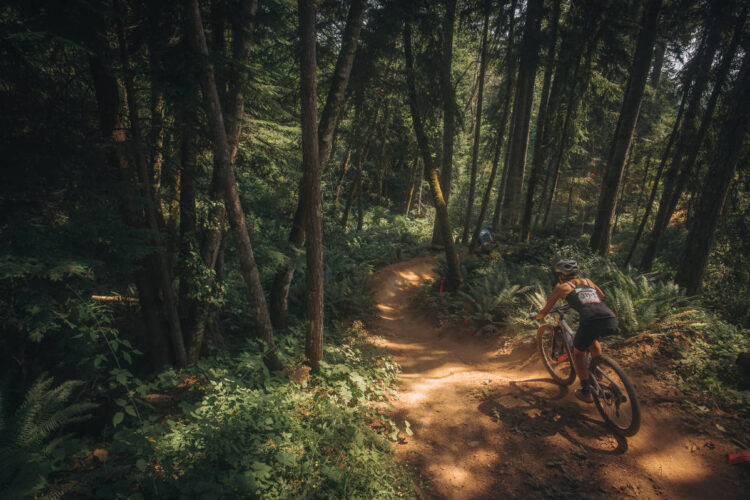





1 Comments
Nov 19, 2020